Table salt is one of the essential condiments in any kitchen. It’s a naturally occurring compound that is crucial for our health and wellbeing. When infused with iodine, table salt can benefit the thyroid glands in the human body. But have you ever considered adding salt to laundry?
Adding salt to laundry can be quite effective in removing different types of stains, including wine, gravy, rust, blood, grease, and ink, among others. Salt also prevents color runs, yellowing, and color bleeding. You can use table salt with baking soda as a fabric softener.
Being a staple condiment in our food is one thing, but how would you go about adding salt to the laundry? Are you supposed to just pour it on the clothes? Or should you mix it with the detergent? You’ll find answers to these and other questions in this complete guide for adding salt to laundry.
What does Putting Salt in Your Laundry Do?
It turns out that salt has many benefits for the clothes you wash as much as the food you cook. Contrary to what many people think, salt doesn’t leave stains on the clothes, nor does it damage the fabrics or cause color fading. If anything, the exact opposite is true.
We can break down the benefits of adding salt to laundry into the following.
1. Restore Yellowing Fabrics
Cotton and linen fabrics are known for turning yellow either with age or when exposed to the elements for too long. Sweat stains also turn white fabrics yellow. You can use salt and baking soda to soak the yellowing fabrics before washing. Use one tablespoon of salt and a quarter cup of baking soda.
Nylon curtains would lose the yellowing color with Epsom salts. Add two tablespoons of the salts to one liter of warm water and soak the curtains. Check on them after an hour and see if they need more soaking. Then rinse thoroughly in warm water before tossing them in the washer on a regular cycle.
2. Prevent Color Bleeding
New clothes and cotton fabrics are more likely to run color or start bleeding over other clothes in the drum. The problem is that these color runs are hard to remove. Whites especially can become useless and unwearable if they have color bleeding. But you can stop that with salt.
When washing new clothes either separately or bundled with old clothes, add half a cup of salt to the laundry. The salt acts as a color fixer that prevents color bleeding and preserves the integrity not just of the new clothes but the other clothes in the laundry load as well.
3. Brighten the Colors of Rugs and Curtains
If you have rugs or curtains that are starting to fade, you can give those colors a polish and bring them back to life with a dash of salt. This only works with rugs and curtains that are washable. Don’t try to use salt on nonwashable fabrics since the results can be quite disappointing.
With rugs and curtains, you need a strong salt solution. Add 4 tablespoons of table salt to one liter of water and give the rug or curtain a good rub with a washcloth soaked in the salty water. Work the washcloth through the pile of the rug and do the same for thick curtains.
Salt and Stains
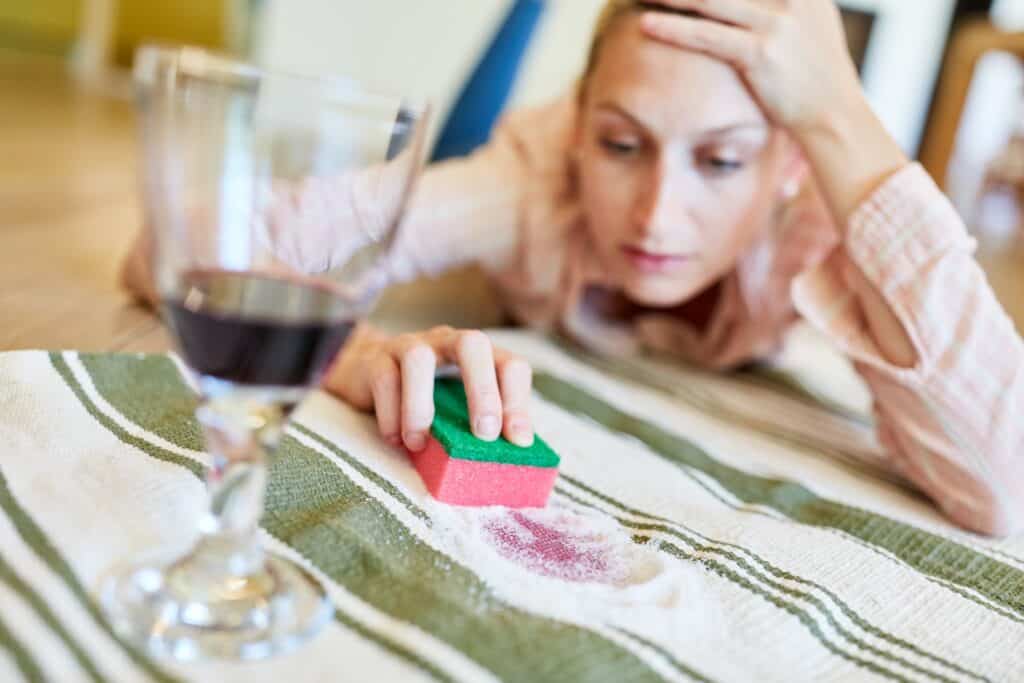
But table salt is not just about fixing the colors of the new clothes and brightening those of faded rugs and curtains. This precious condiment is also an effective weapon you can use against stains of different types and sizes.
We all know that fresh stains are easy to remove with some soap and cold water. But what about old stains that have set? You need something more efficient than the laundry detergent to get those stains off the clothes. And that something is salt.
As it turns out, salt can treat a surprisingly wide variety of stains. Here’s the lowdown of which stains table salt is effective against.
(Conveniently, I’ve also written a guide on removing salt stains that may interest you to open in a new tab)
1. Grease
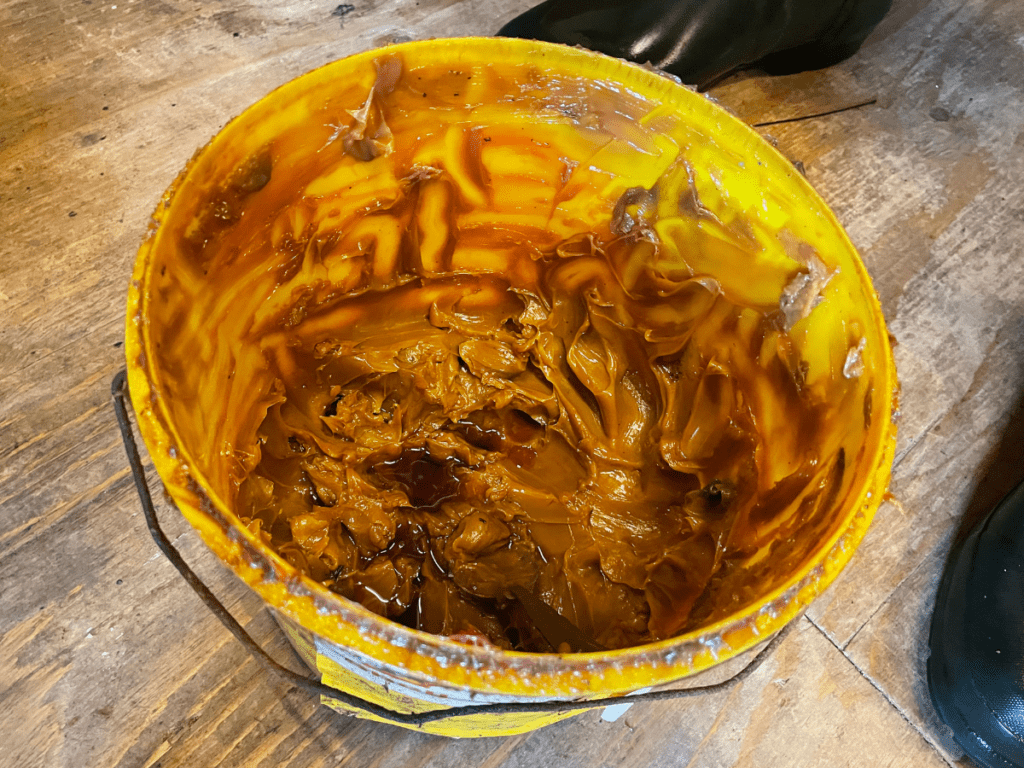
In previous stain removal articles, I recommended using combos like vinegar and baking soda to get rid of grease stains. But if you’re short on either of those ingredients, table salt can get the job done with less mess and hardly any noticeable chemical reactions.
If you get a grease stain on your clothes, cover it with a thick layer of table salt immediately before the grease gets absorbed by the fabric. Keep the garment flat on a table and leave it for 15 to 20 minutes as the salt breaks down the grease and absorbs it.
Brush off the salt and inspect the stain. If you still have grease left, treat it with fresh salt. Then wash the garment in a regular cycle.
2. Wine
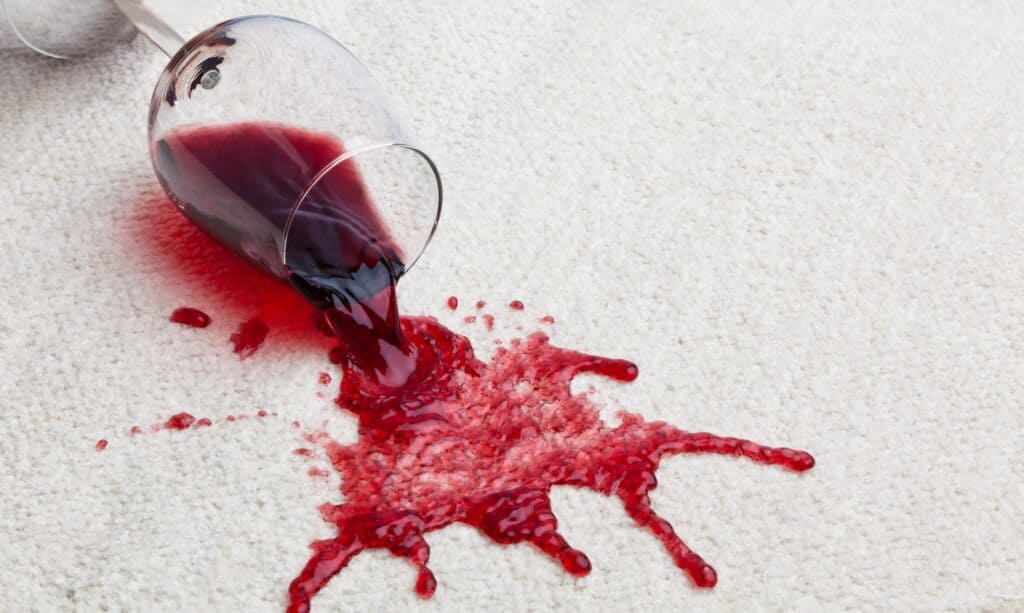
This is another common stain that can ruin a fine shirt or dress. But salt can help as it soaks up the wine pigment leaving behind a transparent stain that you can remove easily. The key here is to act quickly.
As soon as you spill the wine, reach for the table salt and sprinkle it all over the stain. Wait for 5 minutes. Now soak the garment in cold water for an hour and wash in a normal cycle.
3. Ink
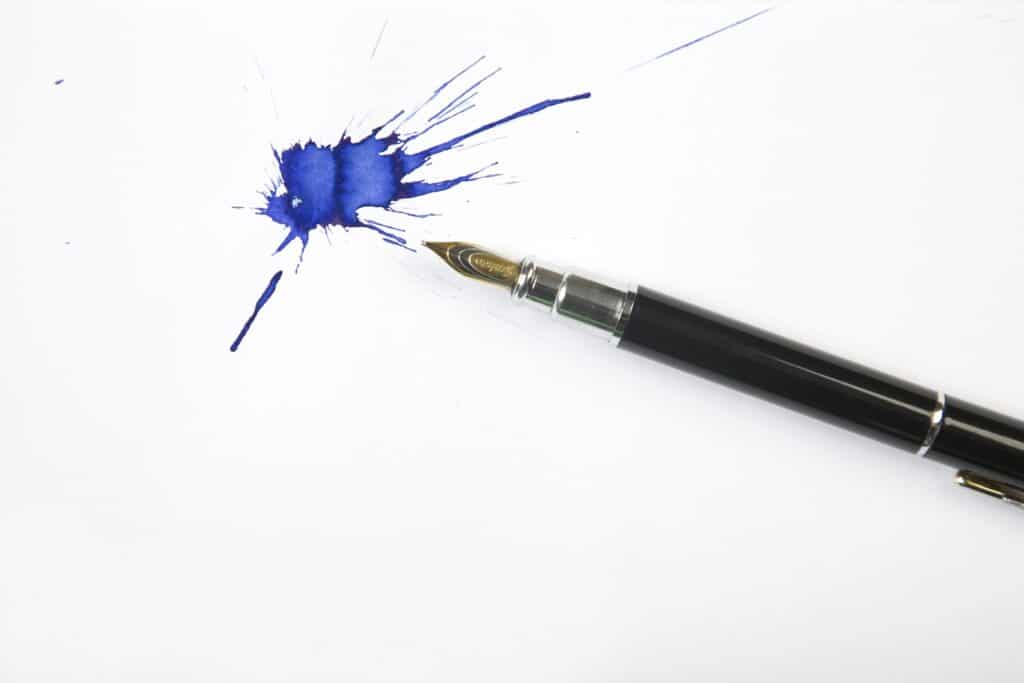
Ink is no longer the threat to our clothes it used to be. Unless you have children who like to play with ink and colors. Treat the ink stains with salt. Salt will absorb the ink before the fabrics do. Then soak the garment in milk overnight. Rinse it with cold water and put it in the washer.
4. Blood
Natural fibers like cotton and linen are known for their ability to absorb liquids quickly. Blood is one of those liquids that are hard to remove. For dry blood stains, mix 3 tablespoons of salt into one liter of cold water and soak the blood stain in it. If you need more soaking water, double the portions above.
Leave the stain for an hour in the saltwater, rinse it then wash it in warm water in the washer. You’ll notice that the stain has faded but is still there. Boil the garment for 20 minutes in a large pot. Rinse and drop it in the washer again.
If the blood stain is fresh, cover it with salt to soak up the blood a few times, then wash it with cold water.
Salt Combos
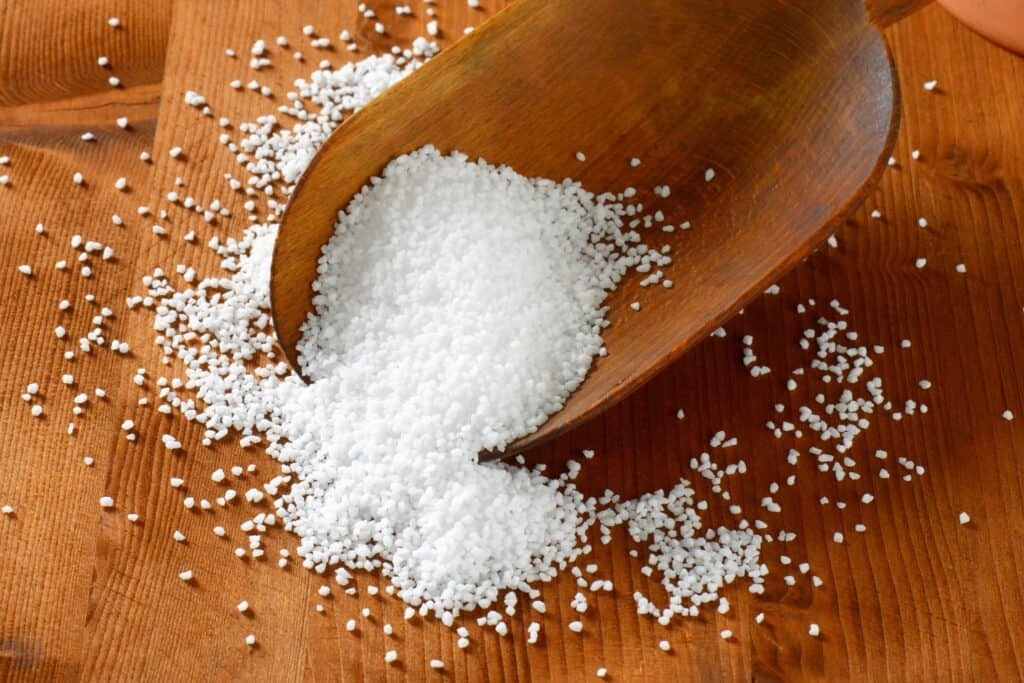
More often than not, salt alone might not do the job as you’d expect. Don’t blame the salt; blame the stain. And what you need is another ingredient to make the salt more effective. Here are some salt combos that will remove the toughest stains.
1. Salt and Vinegar
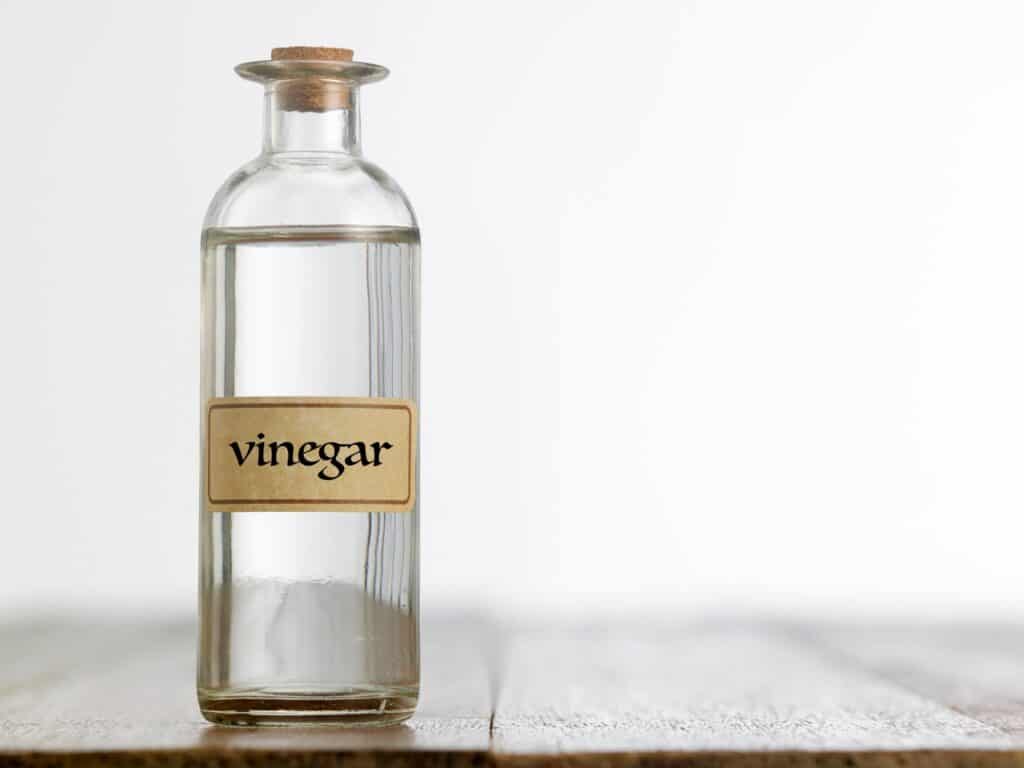
If you have a rust stain that has defied all the stain removers you have thrown at it, and no amount of washing could get rid of it, then this simple trick could save the stained garment. You just need salt and vinegar and hot water.
Mix 3 tablespoons of salt and 3 tablespoons of white vinegar in a small cup to make a thick paste. Spread the paste over the stain and put the garment in the sun. If you don’t have sun, boil water in a kettle and spread the garment over it where the steam goes through the stain directly.
Rinse the stain, then wash it in the washer. Repeat the paste and steam treatment as necessary.
Here are some more ways to use vinegar to boost your laundry detergent.
2. Salt and Baking Soda
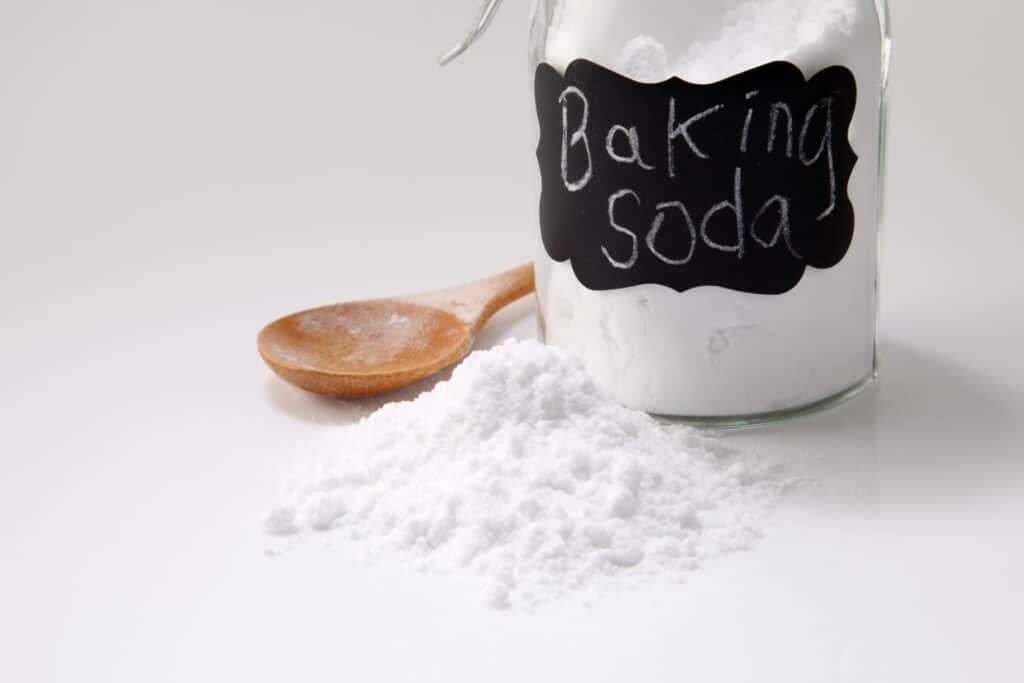
If you ever run out of fabric softener, don’t panic. Just take a look through your pantry and dig out the baking soda and Epsom salts. With those two on the table, you’ll have an effective fabric softener in no time. If you don’t have Epsom salts, replace them with coarse sea salt.
Add one cup of Epsom salts to a quarter cup of baking soda and mix well. If you want your fabric softener to have a fragrance, add 10 drops of essential oil to the mixture. Mix well and keep in a sealed bottle. When you do the laundry, add three tablespoons of this homemade fabric softener to the laundry.
3. Salt and Ammonia
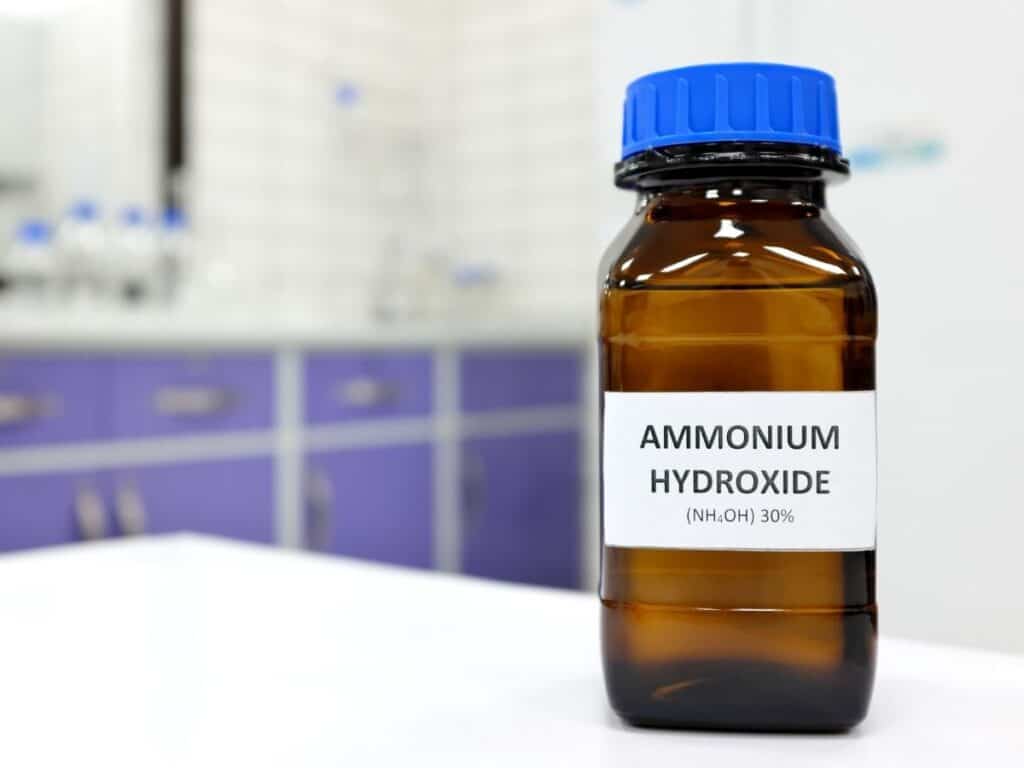
Some fabrics are harder to clean than others. Double-knit fabrics are notorious for absorbing grease stains and hiding them. When other stain removers fail you, try the salt and ammonia combo.
Mix half a teaspoon of salt into three tablespoons of ammonia and pour the mixture over the grease stain. Give it 15 minutes as the solution breaks down the grease stain, then rinse it.
4. Salt and Lemon Juice
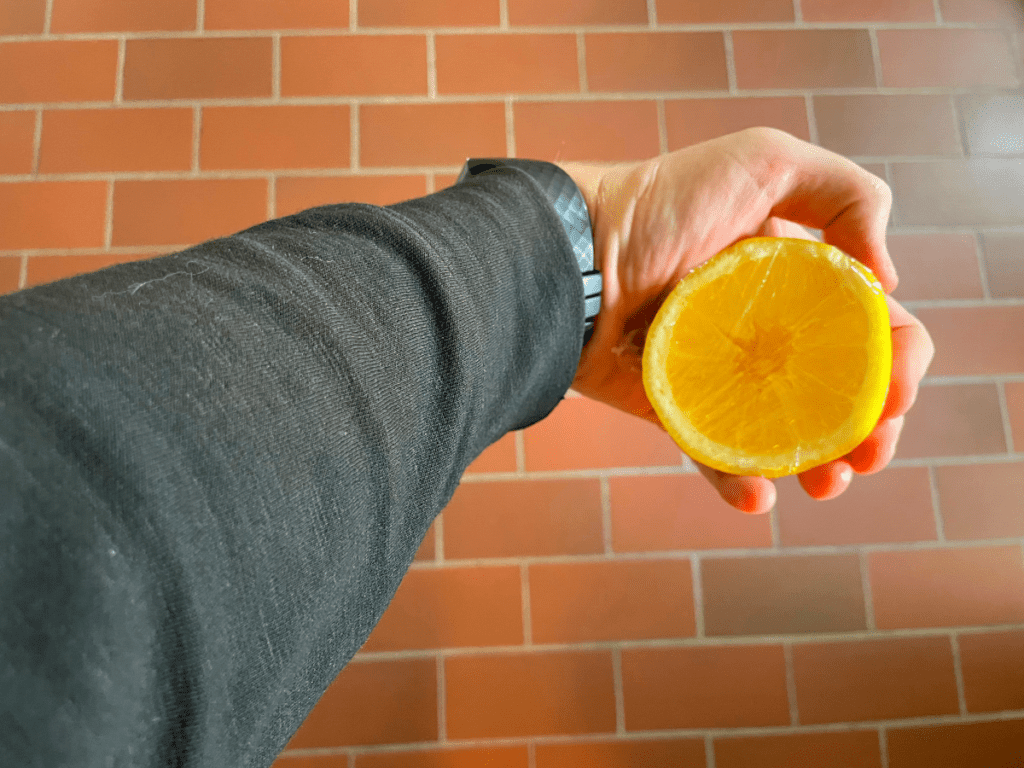
Salt and lemon juice are quite effective in removing stains. Contrary to what some people might think, the acidic lemon juice doesn’t neutralize the alkaline salt. When mixed together, the resulting liquid is strong enough to remove such tough stains as mildew in bathtubs and shower curtains.
Mix a half cup of salt, 3 tablespoons of white vinegar, and one gallon of water together well. Use a coarse brush to clean the bathtub with this cleaning solution. For curtains and other clothes, soak them in the cleaning solution for an hour, then wash them.
How to Add Salt to Laundry
When you buy new clothes, you don’t want to risk washing them with other clothes for fear of color bleeding. However, salt can help fix the colors and prevent color runs. Here’s how to treat new clothes with salt.
- Fill a large pot or a bucket with one gallon of cold water.
- Add 1 cup of salt to the water and stir it well with a ladle. Or you can use your hand.
- Drop the new garment into the water and let it soak for 3 hours.
- Don’t mix new garments together. Use one pot for each piece of clothes.
- Rinse in cold water and drop the clothes in the washer. You can wash them together.
- Add half a cup of salt to the detergent and wash in a regular cycle.
FAQs
Can I Wash Clothes in Salt Water?
There’s no reason why you wouldn’t add salt to the laundry. Table salt is gentle on the fabrics but targets stains in difficult spots such as the armpits.
Salt is indispensable when washing new clothes that you worry might run color. Soak the new clothes in a bucket with one gallon of water and 3 tablespoons of salt for 3 hours. Then rinse and wash. You can also add half a cup of salt to the laundry in the washer for better cleaning.
Can you Use White Vinegar and Salt in the Washer?
White vinegar with salt makes a powerful cleaning solution. However, you should only use this combo with natural fabrics such as cotton and linen, and never with sensitive or delicate fabrics. If you don’t have time to treat the stains pre-wash, add the combo to the washer.
Use both the vinegar and salt in equal portions for the best results. Mix them well to form a paste, then pour the mixture into the dispenser tray of the washer.
Can you Mix Salt and Laundry Starch?
If you use laundry starch when ironing clothes, chances are you’ll have a tough time keeping the iron from sticking to the starch and possibly burning the fabrics. Here, salt comes to the rescue.
By adding a pinch of table salt to the laundry starch and mixing them together before applying the laundry starch, the iron will run smoothly over the fabric without sticking. Use powder table salt with the laundry starch, not grain salt. It mixes easier.
Conclusion
With all its culinary benefits, salt has wide uses when doing the laundry and for removing stains. New clothes that could run color need to be soaked in saltwater for a few hours before washing to fix the colors.
You can also use salt and salt combos to remove all types of stains, from wine and blood stains to grease, ink, gravy, mildew, and rust stains. Next time you do the laundry, keep the bag of salt nearby.
I made a complete guide to everything you can mix with laundry detergents that may interest you to check out next.

I’m an expert wardrobe organizer and a bit of a clean freak. I created this website and its YouTube channel to share practical guides about laundry and organizing. My teachings have been featured in multiple large news publications, and I’ve self-published two wardrobe organizing books and an entire course on the subject.
